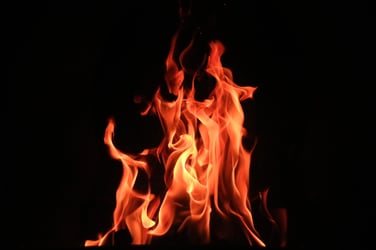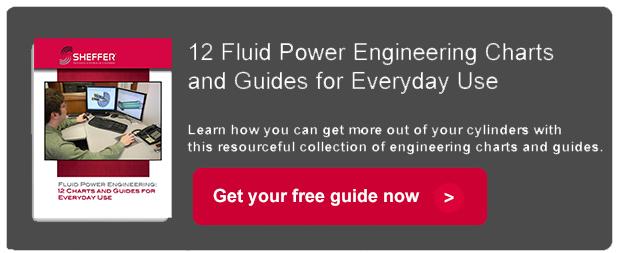There are many applications where cylinders are exposed to extreme heat due to environmental conditions. Whether your cylinder is near a bakery oven or hanging above a crucible of molten metal knowing which options are available to handle the heat becomes top priority.
When designing a new application the use of deflectors or insulation to block the path of radiant heat to the cylinders is highly recommended. For existing applications or designs where direct heat is unavoidable here are some items to consider.
- For most applications standard Buna and Polyurethane seals have an upper temperature limit of 180-200° F (83-93° C).
- Applications with temperatures in the 200-450° F (93-232° C) range at the cylinder are recommended to use Viton™ (FKM) seals.
- For temperatures at the cylinder in the 450-600° F (232-315° C) range the seal material selection narrows buts still includes several options including Kalrez™ (FFKM), Silicone (VMQ), and Teflon™ (PTFE).
- When temperatures exceed 600° F (315° C) even the most high end elastomers have a greatly reduced lifespan and metallic seals such as brass or cast iron ring seals are the recommended choice.
- In most high temperature applications the cylinders rod seal is the first point of concern. When extended the cylinders piston rod is exposed to the heat and then as it retracts the hot section of the rod passes under the rod seals. Using a fiberglass/aluminum rod boot can help to limit direct heating of the rod.
- Adding extra plain rod extension to a cylinder to move it further from the heat source can be an option in some applications. Increasing the length of the piston rod gives buffer distance allowing for some of the heat to dissipate before it’s able to travel back to the cylinder seals.
- In some of the more extreme cases adding a water jacket or cooling lines into the cylinder may be an option. Much like the radiator system on a car an external fluid can be pumped through passages in the cylinder body to carry heat away.
- For cylinders that don’t actuate frequently adding a bleed orifice to the piston can help reduce the internal temperature. The orifice allows a controlled amount of fluid to bypass the piston when pressurized. This creates a constant flow through the cylinder allowing hot oil to return back to the oil reservoir over time.
With any high temperature application specific details should be discussed to select the best options to ensure long term cylinder performance.

